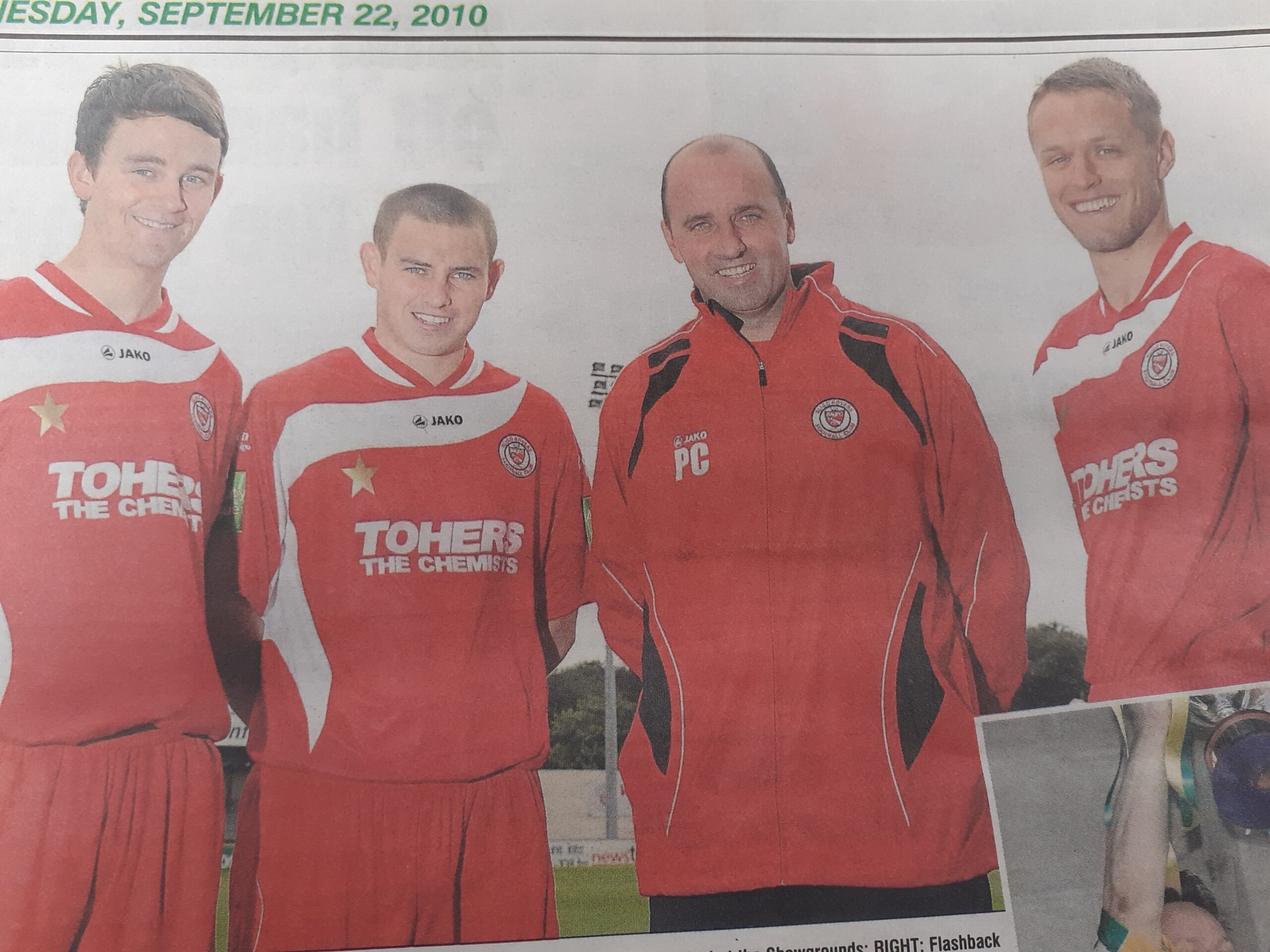
A bumper sporting week-end, proclaimed the banner across the top of the new-look Sligo Champion. The date was September 22nd, 2010. After 174 years as a broadsheet newspaper, the Champion was wearing new clothes, all modern and glossy and pristine in its first edition as a compact (tabloid) format.
The lead story concerned ongoing local debate over proposals for a new bridge across the Garavogue at Doorly Park. Taoiseach, Brian Cowen, still embroiled in national controversy after a catastrophic early morning radio interview days earlier, urged local councillors to reinstate the Bridge project in the Sligo Development Plan.
Sports fans were more likely to be drawn to previews of the forthcoming week-end action, however, as the Champion afforded generous coverage to the two big events taking place over the coming days, the GAA county final between Tourlestrane and Eastern Harps and the EA Sports Cup final between Sligo Rovers and Monaghan United at the Showgrounds, a tie which offered the tantalising prospect of a national trophy for the Bit O Red.
Sligo is unique in terms of sporting allegiance – at least that’s my contention. There are, of course, many people who give their preference to either soccer or Gaelic games and who wouldn’t entertain the notion of supporting both codes. But there are a far greater number of followers who are avid fans of Sligo Rovers and the Gaelic football and hurling teams at club and inter-county level. I don’t think such sporting ecumenism is as strong in other counties. I might be wrong but that’s the impression I have after four decades reporting on both codes in the county.
Anyway, supporters were spared the agonising choice of which of the games to attend on that eventful week-end ten years ago because as luck would have it, the League Cup final was scheduled for Saturday, September 25th, with the county final taking place the following day.
It was Rovers first appearance in the final of the League Cup since they won the trophy for the first time in their history in 1998. More on that anon.
Rovers had spent a lot of time in the backwaters of Irish soccer in the intervening years but there was a growing sense of optimism among their dedicated fan base that better times lay ahead.
The arrival of Paul Cook as manager in 2008 sparked something of a revival and slowly but surely the Red Army was preparing to go to war with the big guns again.
But the general view was that some silverware was required to confirm that there was real substance to the revolution and that this wasn’t just another false dawn.
That was why the League Cup campaign was seen as a vital stepping stone to potentially more prosperous times. And though few of us could have anticipated the scale of what was to unfold in the following years, there was a general acceptance that success in the League Cup would mark an important breakthrough for the Bit O Red after so many barren years in the wilderness.
A routine 6-0 victory over Letterkenny Rovers in the second round of the competition (Rovers had received a bye in round one) offered an encouraging start to the campaign and when Rovers hammered St. Pat’s 4-1 in the quarter-finals, people began to sit up and take notice.
Old rivals, Shamrock Rovers, provided the opposition in the semi-final. There is never any quarter asked or given in these contests and another absorbing encounter ensued on this occasion with the Bit O Red gaining the upper hand 2-1,, thanks to two Padraig Amond goals.
And so the scene was set for a final showdown with first division outfit, Monaghan United.
The Showgrounds was nominated as the venue for the decider and a crowd of around 3,000 turned up in the hope of witnessing another piece of soccer history at the famous old ground.
Rovers were red-hot favourites, especially as they had beaten Monaghan 3-0 in the FAI Cup the previous week, but nothing is ever straight forward in Cup finals and the Ulster side, to their credit, put up a battling performance with Brian Gartland, later to become a driving force in the all-conquering Dundalk squad, a commanding figure in an uncompromising defence.
As it turned out, a splendidly-taken 14th minute goal by Matthew Blinkhorn was sufficient to secure the trophy for Rovers. It proved to be the opening chapter in a glorious period in the club’s history, paving the way for FAI Cup glory in 2010, 2011 and 2013, the League Championship in 2012 and the Setanta Cup in 2014.
The team which fashioned that breakthrough success ten years ago was: Kelly, Keane, Peers, Lauchlan, Davoren, Doyle, Russell, Ryan, Boco, Ndo, Blinkhorn. Sub: McCabe for Russell.
Rovers first won the League Cup in 1998, with former Manchester City star, Nickey Reid, as their player-manager. They beat Shels in a two-legged decider. Neil Ogden scored the only goal of the game in the first leg at the Showgrounds and a scoreless draw in the second leg at Tolka Park ensured the trophy was heading West.
Rovers lined out as follows in the second leg: Broujos, Morgan, Cobbesson, Hutchison, Reid, Birks, Moran, Thew, Jones, Ogden, Flannery. Subs: Southworth and O’Grady.
